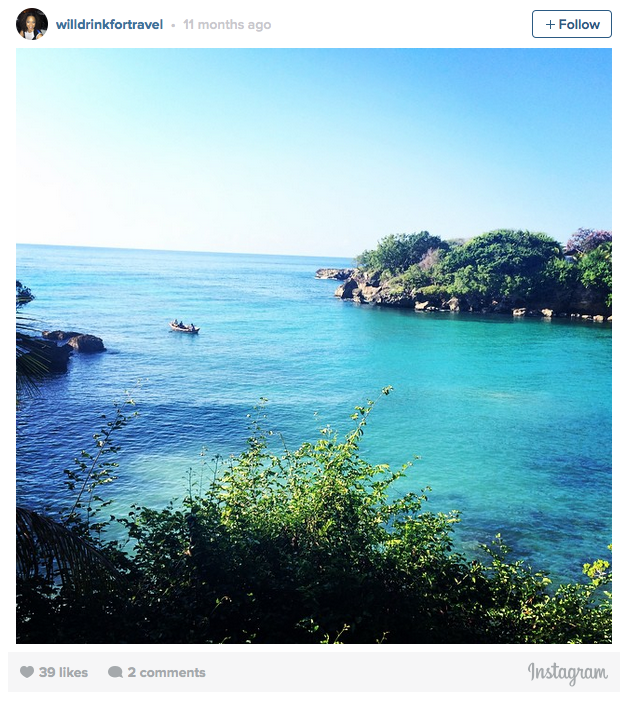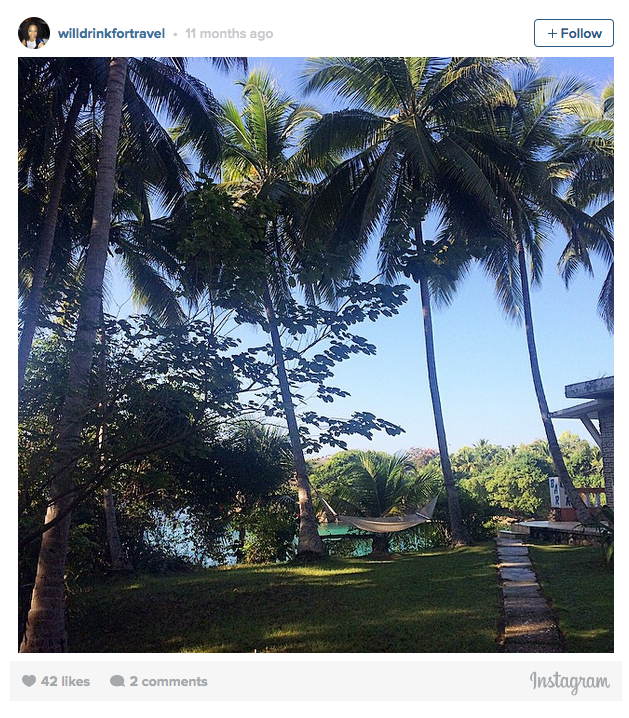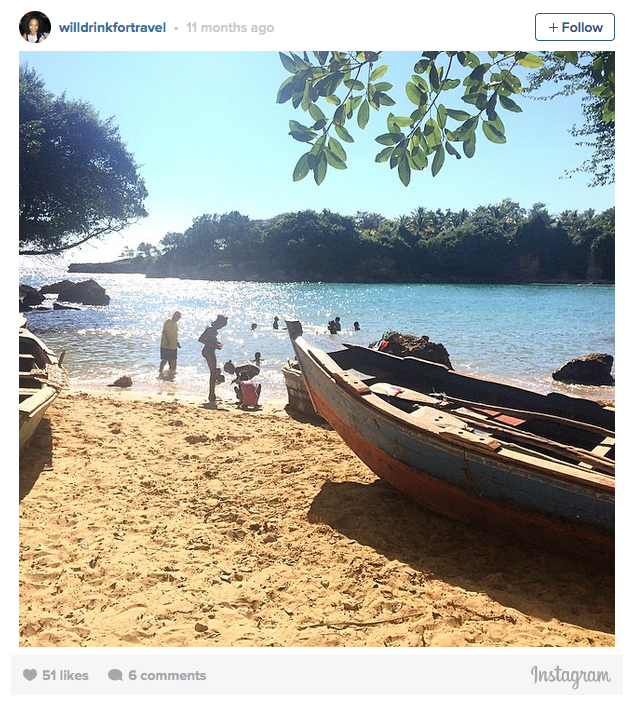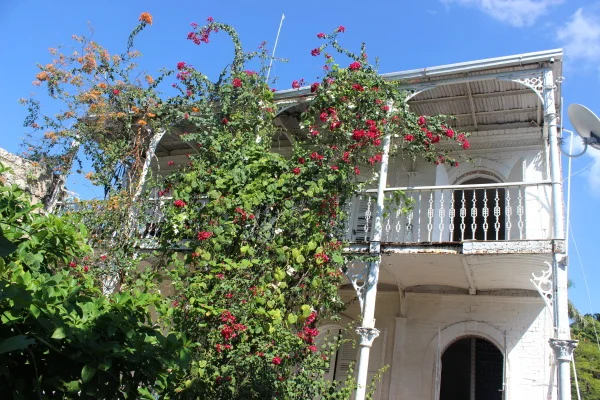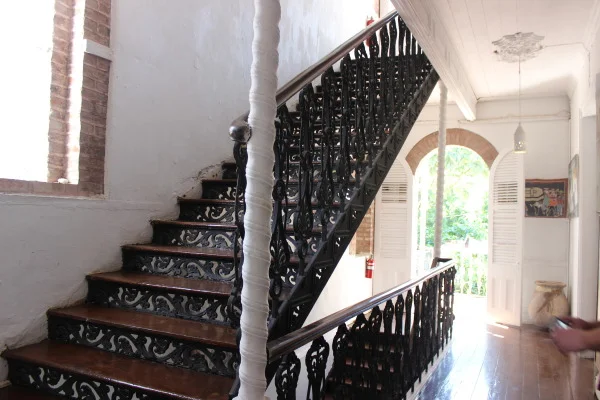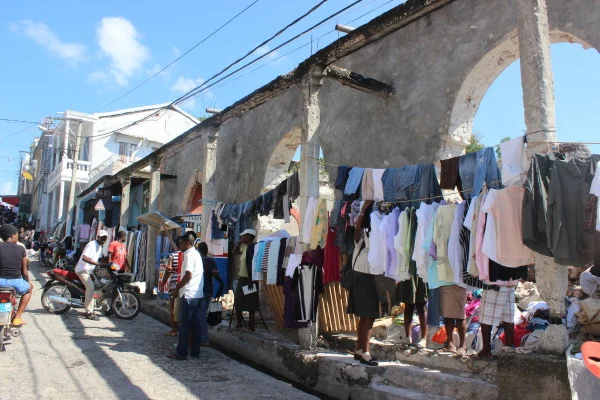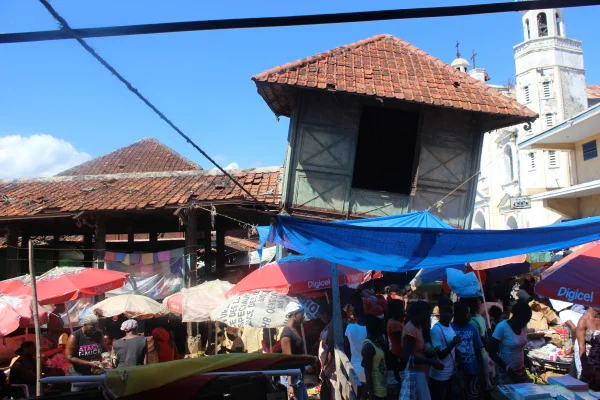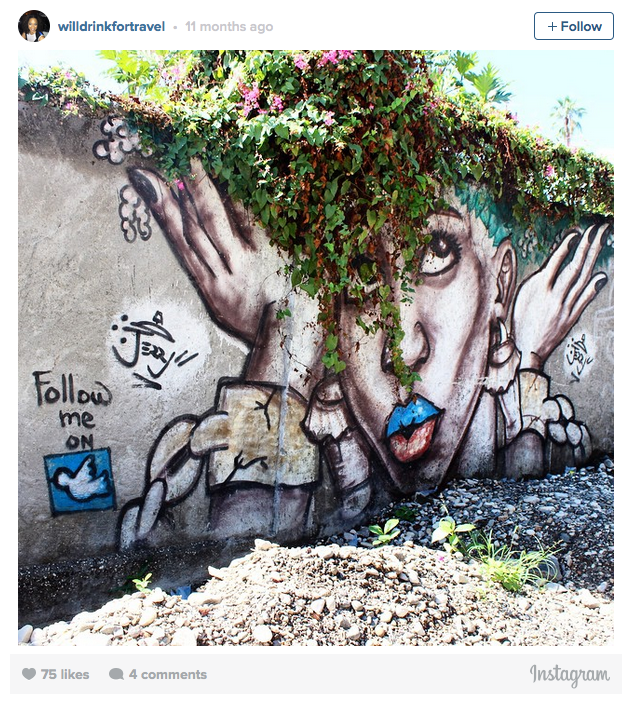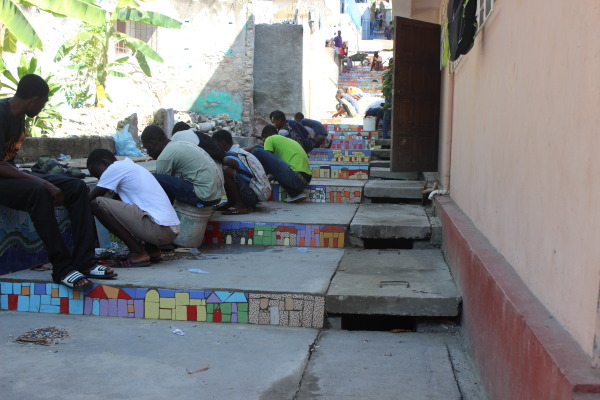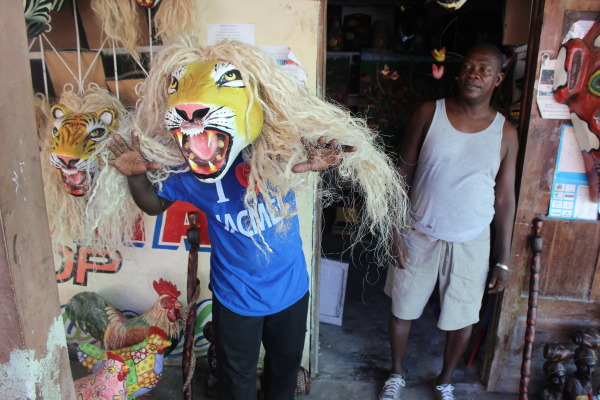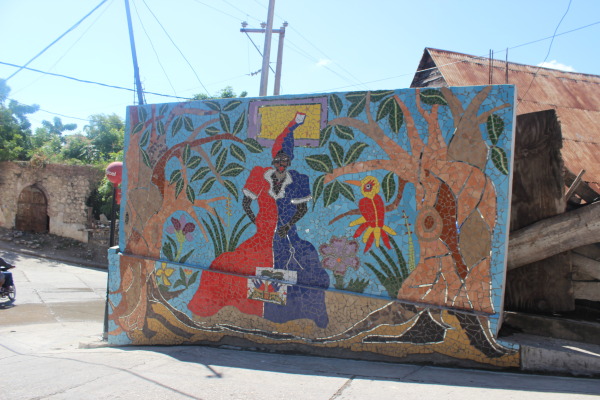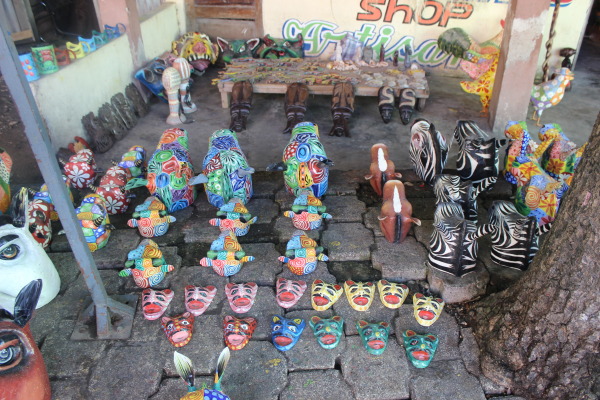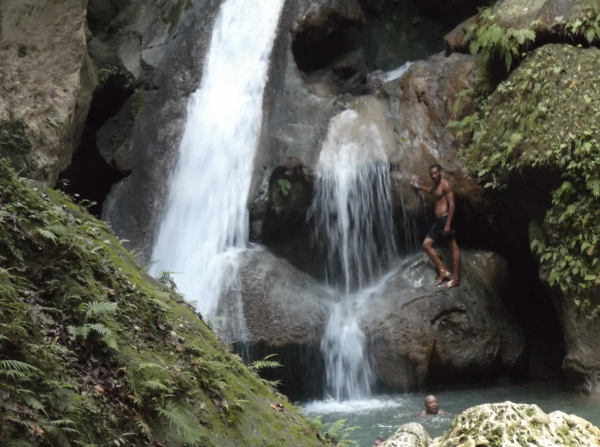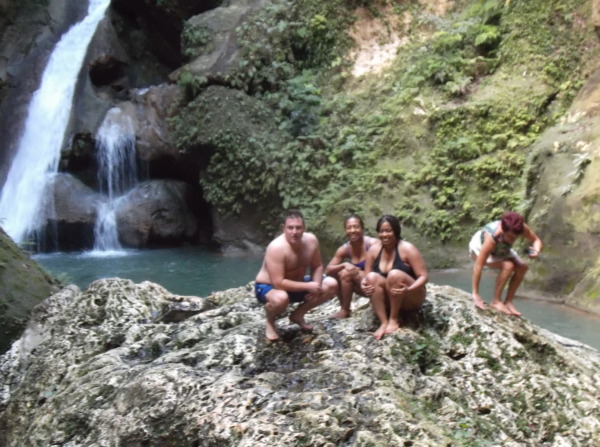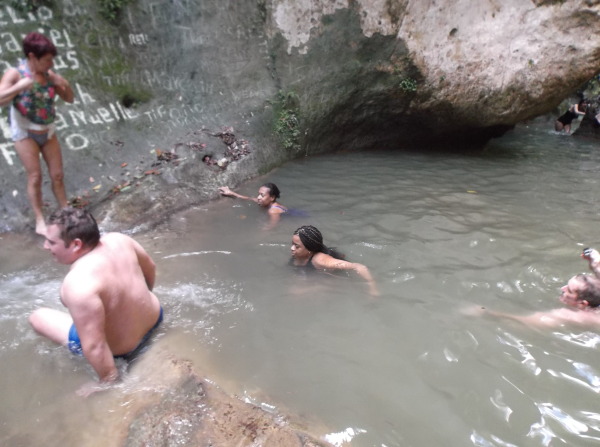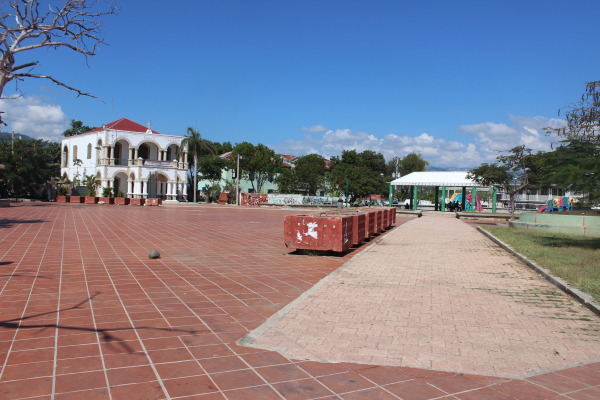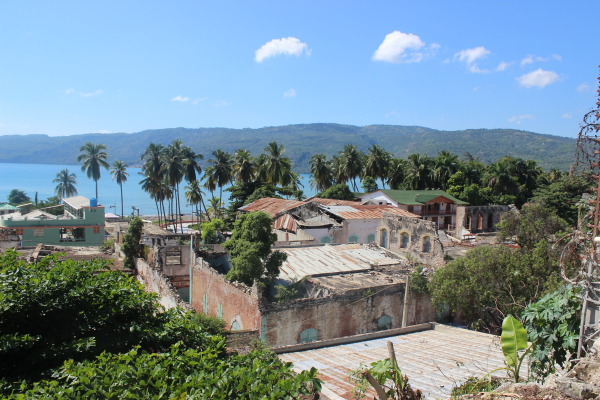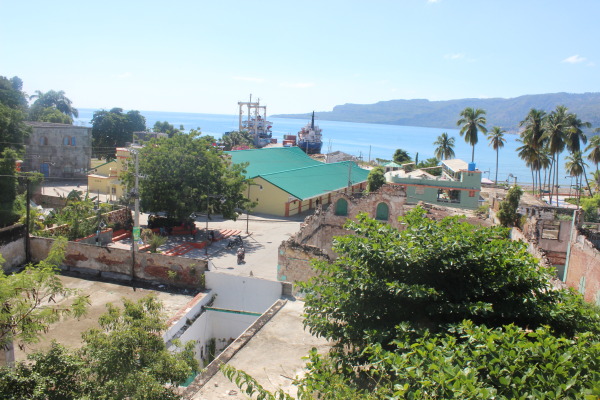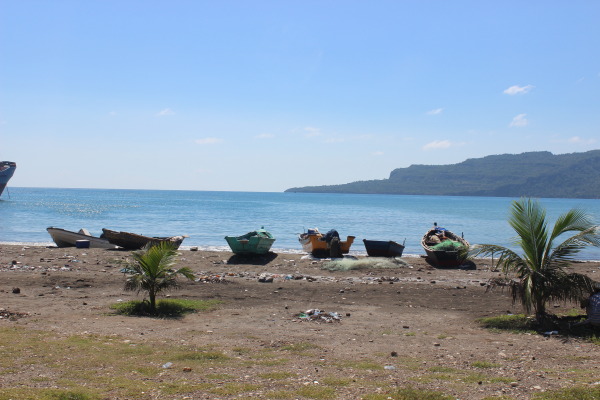In an effort to explore more of Haiti, I ventured south of Port-au-Prince for a weekend trip to Jacmel. Jacmel is most well-known for being the art capital of Haiti as well as one of the best places in Haiti to celebrate Carnival and the home to nature’s own Bassin Bleu.
The drive from Port-au-Prince took us about 3.5 hours but that was due to Friday afternoon traffic. Our return trip to Port-au-Prince was only about 2 hours. Since Haiti literally translates to “Land of Mountains,” it was no surprise that our drive between cities consisted of driving up and down many, MANY hills.
Once in Jacmel, there didn’t appear to be many unshady hotels for visitors but luckily our travel agent recommended Hotel Cyvadier Plage. It’s located directly on the beach with a beautiful view of the entire ocean. Hotel Cyvadier is not the Four Seasons but the rooms were clean, the restaurant food was good and it’s probably one of the best accommodations you’ll find in the area.
Jacmel City Tour
We took a tour of the small quaint town, learning a lot about its history and current plight, especially after the 2010 earthquake that rocked the country. Our tour started at Hotel Florita, which is one of the main Jacmel city attractions. Built in 1888, it was once home to a coffee factory. Jacmel became a main trading center for coffee in the 1800’s.
The city suffered a major fire in 1896, when many of the buildings and mansions were destroyed. Materials such as cast-iron pillars were shipped from France in order to rebuild mansions, which actually influenced homes built later in New Orleans, Louisiana. Many of the homes of wealthy coffee merchants are still standing and now serve as galleries & shops for the city’s thriving art scene.
Next, we clamored through the Jacmel Iron market, which in one word was…insane. Lots of people were buying and selling their goods in a tight space.
And of course since Jacmel is arts capital in Haiti, we visited many shops with papier-mache items for sale as well as wall art painted by some of the country’s premier artists. There are tons of mosaics on the city walls, a reminder that Jacmel is truly the arts capital of Haiti.
Bassin Bleu
The highlight of my weekend was Bassin Bleu. There are 3 ‘basins’ to see during an approximate 40 minute hike up the mountain. Once at the third basin, you climb down a small hill, cross a stream and BAM! there’s the basin in all its glory. It felt like nature’s own little undisturbed secret. The water was blue (but apparently due to the recent rainfall, could have been more blue), moderately tempered, and simply amazing. I highly recommend heading to Bassin Bleu if ever in Jacmel. I apologize for the blurry photos but our tour guide wasn’t the greatest photographer. Grrr.
Climbing down to the 3rd basin
These pictures do not do Bassin Bleu justice! It was truly beautiful and captivating.
A word to the wise, wear a bathing suit under your clothes and shoes with traction. You will slip and slide all over the rocks if you’re not careful!
More City Pictures
With Jacmel’s rich history and vibrant culture, it is a true gem and worth exploring if you’re ever in Haiti. Signs of the 2010 earthquake are still very apparent by dilapidated buildings and remaining debris. But during my time in country, I’ve learned Haitians are resilient people and will eventually bounce back better than ever.
Fun fact: The Venezuelan flag was created in Jacmel, Haiti by in 1806 by Simon Bolivar’s predecessor Francisco de Miranda.
Photo Credit: Ashlee Tuck and Daphne Collier
